When is a lubricant effective?
A plate shearing an interstitial granular medium and driven by an always ongoing spring feels less fricion when only few layers are present. Adding more layers results in an increase of friction,
nevertheless the plate slides more often. The ease of slipping is not determined by friction alone?
M A Annunziata, A Baldassarri, F Dalton, A Petri and G Pontuale, Increasing ‘ease of sliding’ also increases friction: when is a lubricant effective?… Read the rest

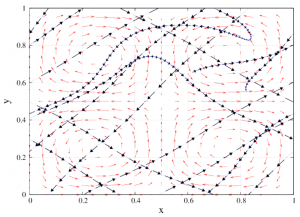
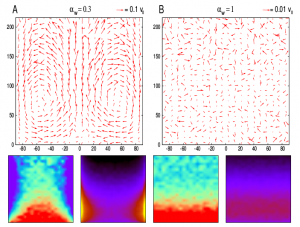

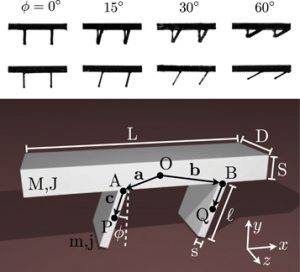


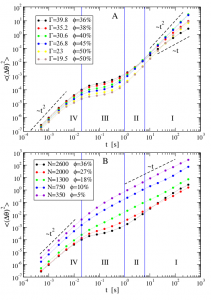
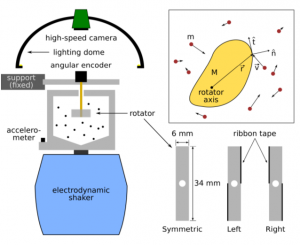
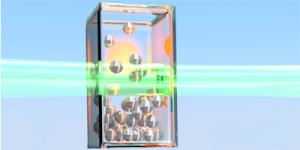 A random laser is usually obtained pumping light through a disordered medium. The dynamics of light through a heterogeneous configuration of scatterers and cavities provides emitted spectra with random and fluctuating peaks which have a wide range of applications and are nowadays subject to an intense theoretical activity. In this work we have added a new flavour to the idea of random lasers, replacing the usually static disordered medium with a vibrofluidized granular material.…
A random laser is usually obtained pumping light through a disordered medium. The dynamics of light through a heterogeneous configuration of scatterers and cavities provides emitted spectra with random and fluctuating peaks which have a wide range of applications and are nowadays subject to an intense theoretical activity. In this work we have added a new flavour to the idea of random lasers, replacing the usually static disordered medium with a vibrofluidized granular material.…